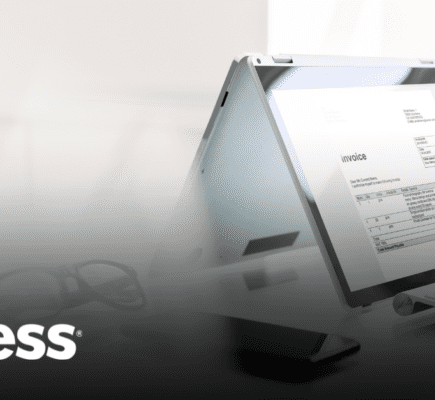
Achieving good corporate governance is extremely challenging without effective information management.
Imagine trying to make an important business decision for your organization without all the information you need to ensure the decision you make is the best possible option. Sounds like a lot of missed potential, right?
A corporate governance plan that details appropriate decision-making processes and controls is necessary to have, but business leaders shouldn’t be making decisions based on this alone. When the plan is paired with a strong records and information management program, executives can make well-informed decisions quickly.
Information is an asset for decision-making, strategic planning, and operational excellence, all of which are crucial elements of corporate governance. In this post, we’ll be covering the intersection between corporate governance and information management, as well as how to strengthen your governance with a robust RIM program.
Understanding Corporate Governance
Corporate governance “describes the way trust is shown, power exercised, and accountability achieved in corporate entities,” says expert Bob Tricker, “for the benefit of their members, other stakeholders, and society”.
In other words, it’s the entire rulebook directing how a company is run. Good corporate governance creates a transparent set of rules and controls in which shareholders, directors, and officers have aligned incentives. An example of effective corporate governance is PepsiCo.
A corporate governance playbook encompasses practically every sphere of management, from action plans and internal controls to performance measurement and corporate disclosure.
Without effective information management, however, it’s far harder to achieve.
The Intersection of Corporate Governance and Information Management
Information is often one of the most valuable assets an organization has.
It’s crucial for decision-making, strategic planning, operations management, and customer service, all of which are things outlined in a corporate governance plan.
With the right information accessible to the right people at the right time, it can provide valuable insights, help solve problems, identify opportunities, and make predictions for future trends—and that’s why effective information management is essential to the process.
Corporate governance programs must be clear about how decisions are made, the risks associated with those decisions, and be transparent in how those decisions are carried out. A robust RIM program can help support all these activities.
Benefits of Information Management in Corporate Governance
Even in a digitally connected world, many organizations struggle with siloed functions. It’s vital that these two pillars coordinate to drive business success. Here are a few of the benefits associated with coordinating information management programs with corporate governance.
Increased Transparency
Information management programs help ensure that all stakeholders have access to relevant, accurate, and timely information, fostering a culture of transparency.
Better Decision-Making
With the right information at their fingertips, the board or other business leaders can make better-informed decisions that align with the company’s strategic goals.
Improved Risk Mitigation
By identifying and addressing potential information-related risks early on, companies can prevent costly and damaging issues down the line.

Beyond Storage – A Comprehensive Information Management Checklist
Organizations of all kinds and sizes are finding themselves faced with an array of information management challenges. Some of these challenges, like the transformation of information technologies and the growth of data sets, have remained relatively unchanged for years.
Steps to Improve Corporate Governance through Information Management
If you’re unable to access, share, or use the information your organization holds, it’s impossible to make well-informed decisions that protect everyone involved. There are a few ways that information management can enable proper corporate governance.
Adopt New Technologies
Information is of no use if it can’t be accessed easily by those who need it. Moving towards a digitally enabled enterprise not only makes information securely accessible but allows for more efficient data collection, storage, and analysis. Moving your information out of siloed or legacy systems and into cloud-based document storage repositories can make your organization’s ability to leverage data that much better.
Improve Data Security
Ironically, improved transparency starts with improved information and data security. Privacy legislation has seen a meteoric rise—so too has the enforcement of said laws. Being clear about who has access to what information, when, and in what form is imperative to protect your company’s information from threats and breaches. This could include more secure document repositories, moving physical files to an information management partner, and partnering with IT to conduct penetration testing of systems housing information.
Establish Clear Policies
Having clear policies in your RIM program can benefit corporate governance. This includes outlining your record retention schedule, having clear document control procedures, and understanding every step of the information lifecycle from ingestion to disposition. Employees must be trained on these policies, and policies should be regularly reviewed and updated to remain effective.
Conclusion
Together, good governance and effective information management can help an organization achieve its goals, maintain compliance, manage risks, and drive business growth.
As organizations face increasingly complex procedures and massive amounts of information, the role of effective information management in corporate governance becomes even more vital. By coordinating these programs, companies can increase transparency, improve decision-making, and mitigate risks.
Not sure where to start? An integrated information management program can help you better leverage your company’s most valuable asset to drive your business’s success. Learn more by checking out our digital guide.




